The American Revolution comes alive through the historic sites that witnessed the
birth of a nation. From New England’s rolling hills to the Southern coastal plains,
these locations preserve the stories, struggles, and triumphs of those who fought for
independence.
Whether you’re a history enthusiast, educator, or family looking for an educational
adventure, these 15 sites offer immersive experiences that transport you back to the
1770s. Pack your map and comfortable walking shoes as we explore these
remarkable destinations where America’s fight for freedom unfolded.
Boston’s Freedom Trail, Massachusetts
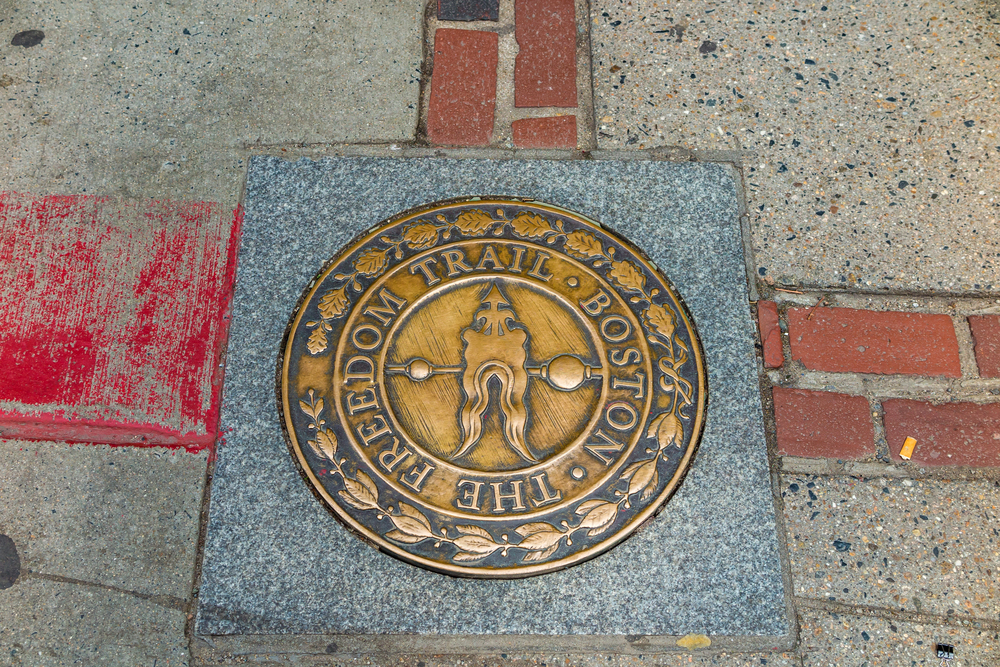
This 2.5-mile red brick path serves as your gateway to Revolutionary Boston,
connecting 16 historic sites throughout the city. Start at Boston Common, America’s
oldest public park, where British troops once camped before the war.
You’ll pass the Old State House, where the Declaration of Independence was first read to Bostonians and the site of the Boston Massacre. End your journey at the Bunker Hill
Monument, where you can climb 294 steps for a commanding view of the city that
sparked a revolution.
Valley Forge National Historical Park, Pennsylvania
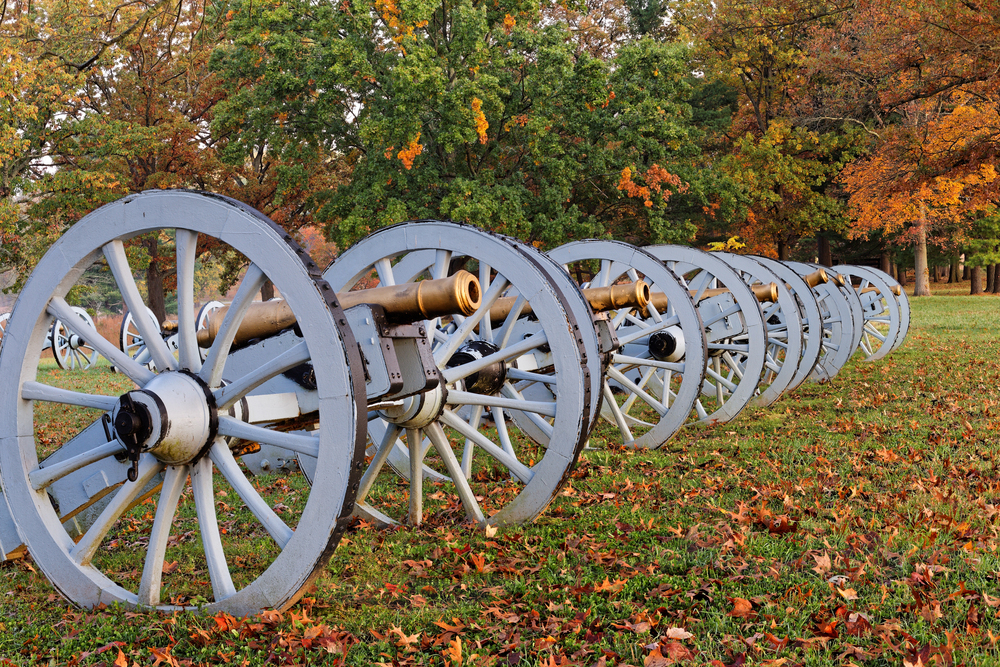
The site of the Continental Army’s winter encampment of 1777-1778 spreads across
3,500 acres of rolling Pennsylvania countryside. Visit reconstructed log cabins where
soldiers endured the brutal winter, and explore Washington’s Headquarters, where
crucial military decisions were made.
The park offers engaging living history demonstrations during summer months, with costumed interpreters demonstrating colonial military life. You can follow the exact routes where Washington’s troops conducted their training exercises.
Like Travel Pug’s content? Follow us on MSN.
Yorktown Battlefield, Virginia

Walk the grounds where America won its independence in October 1781. The
battlefield preserves siege lines, redoubts, and the Moore House, where surrender
terms were negotiated.
Tour the town’s historic buildings, including the Nelson House, home of Thomas Nelson Jr., a signer of the Declaration of Independence. The Yorktown Victory Center offers hands-on exhibits and reconstructed military camps where you can experience soldier life firsthand.
Lexington and Concord, Massachusetts
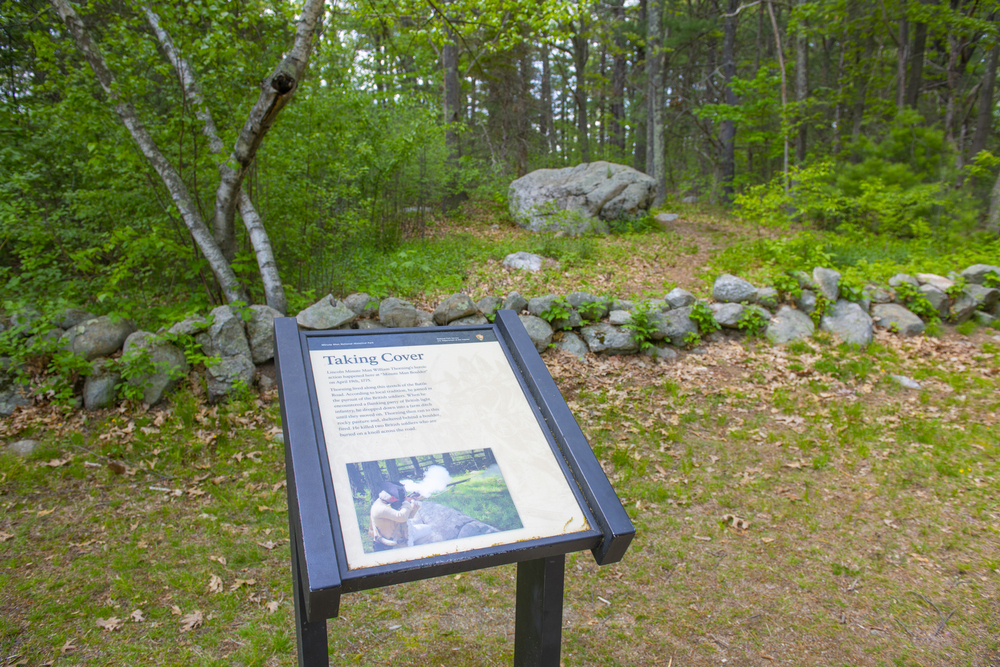
Visit the ‘shot heard round the world’ sites where the first battles of the Revolution
erupted. Start at Lexington Green, where local militia faced British regulars on April
19, 1775.
Follow the Battle Road to Concord’s North Bridge, preserved much as it looked that fateful morning. The Minute Man National Historical Park connects these sites with excellent walking trails and living history programs throughout the summer season.
Independence Hall, Philadelphia, Pennsylvania
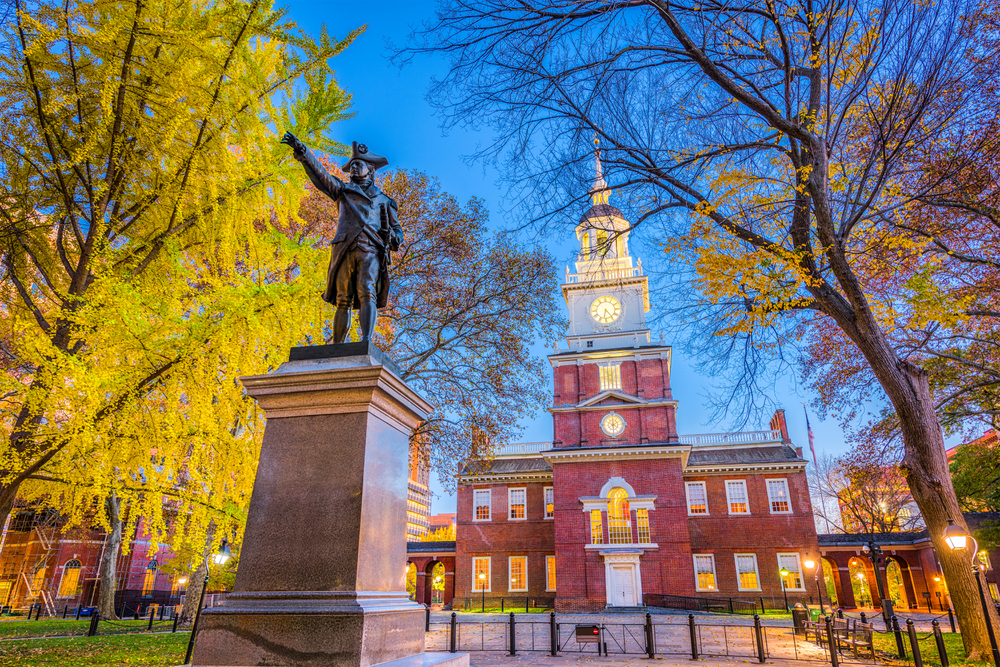
Step into the very room where the Declaration of Independence and Constitution
were debated and signed. The Georgian-style building retains much of its 18th-
century character, including the Assembly Room arranged as it was during the
Constitutional Convention.
Take time to see the Liberty Bell Center across the street, and explore the surrounding historic district filled with Revolutionary-era buildings and museums.
Like Travel Pug’s content? Follow us on MSN.
Fort Ticonderoga, New York
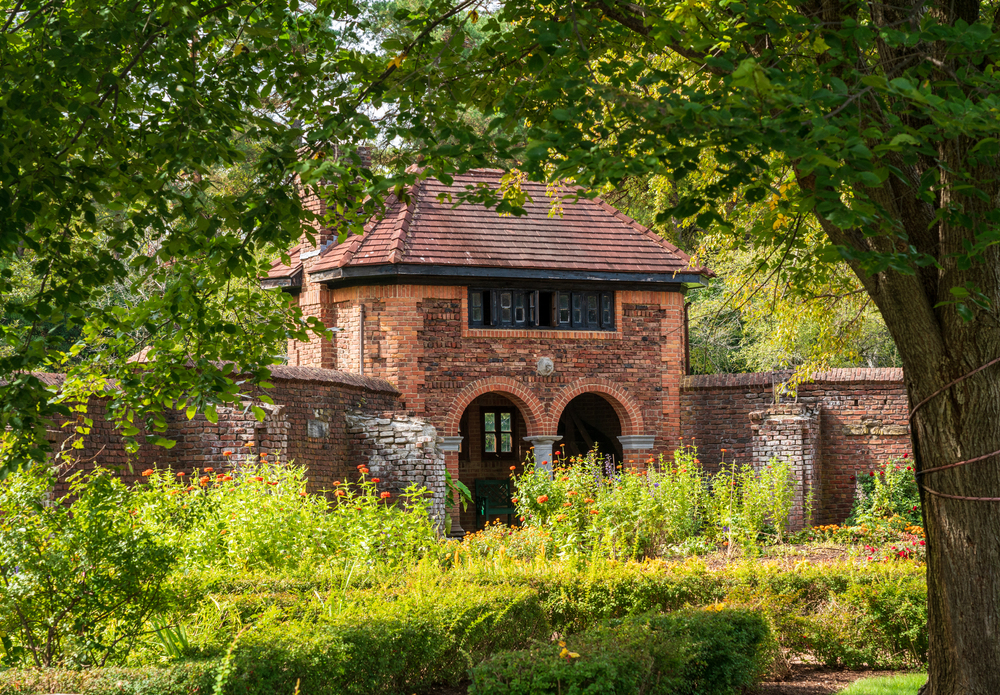
This restored French and Indian War fortress played a crucial role in the Revolution’s
early years. Explore the massive stone walls, which helped control access between
Canada and the Hudson River valley.
Daily musket demonstrations, fife and drum performances, and period craft demonstrations bring the fortress to life. The King’s Garden features heritage vegetables and flowers grown using 18th-century techniques.
Saratoga National Historical Park, New York
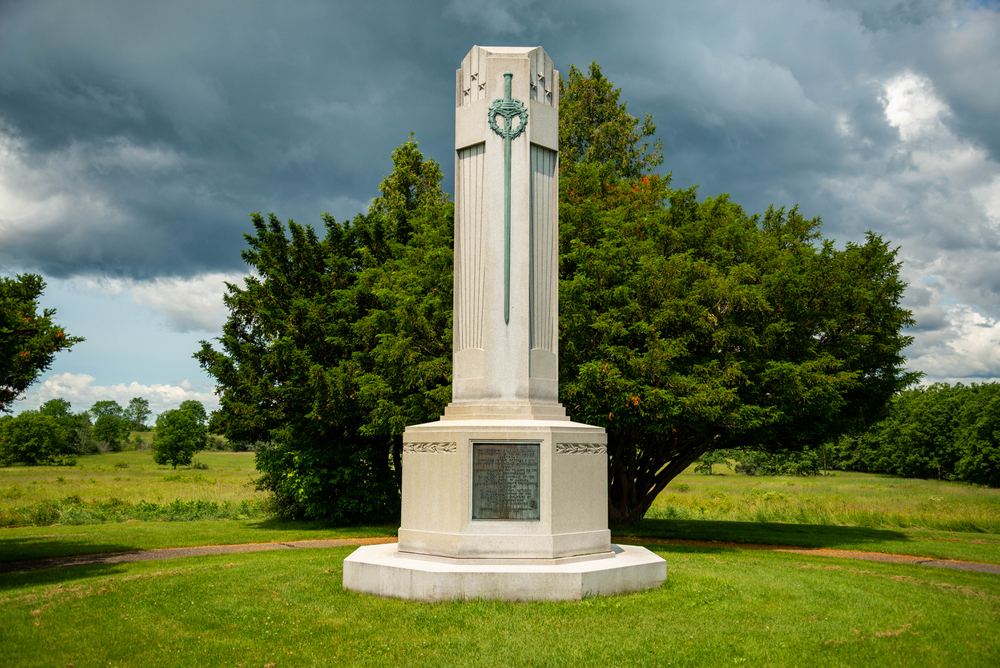
The turning point of the American Revolution unfolded on these peaceful fields north
of Albany. Tour the 10-mile battlefield road, stopping at key points where American
forces surrounded and defeated British General Burgoyne’s army.
The restored Schuyler House, home of Revolutionary War general Philip Schuyler, offers a glimpse into 18th-century upper-class life. Hiking trails wind through the battlefield,
offering both historical interpretation and natural beauty.
Cowpens National Battlefield, South Carolina
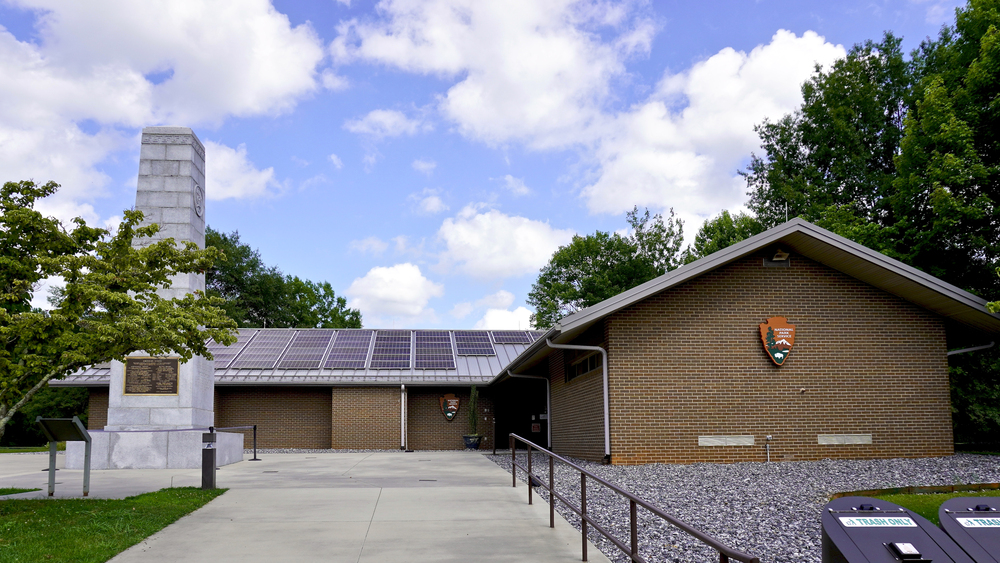
This brilliantly fought battle showcased American tactical innovation under General
Daniel Morgan. The battlefield’s rolling pastures remain largely unchanged since that
foggy January morning in 1781. A 1.25-mile trail leads you through the battle
chronologically, with wayside exhibits explaining the tactical decisions that led to victory.
The visitor center features an impressive collection of Revolutionary War weapons and equipment.
Like Travel Pug’s content? Follow us on MSN.
Guilford Courthouse National Military Park, North Carolina
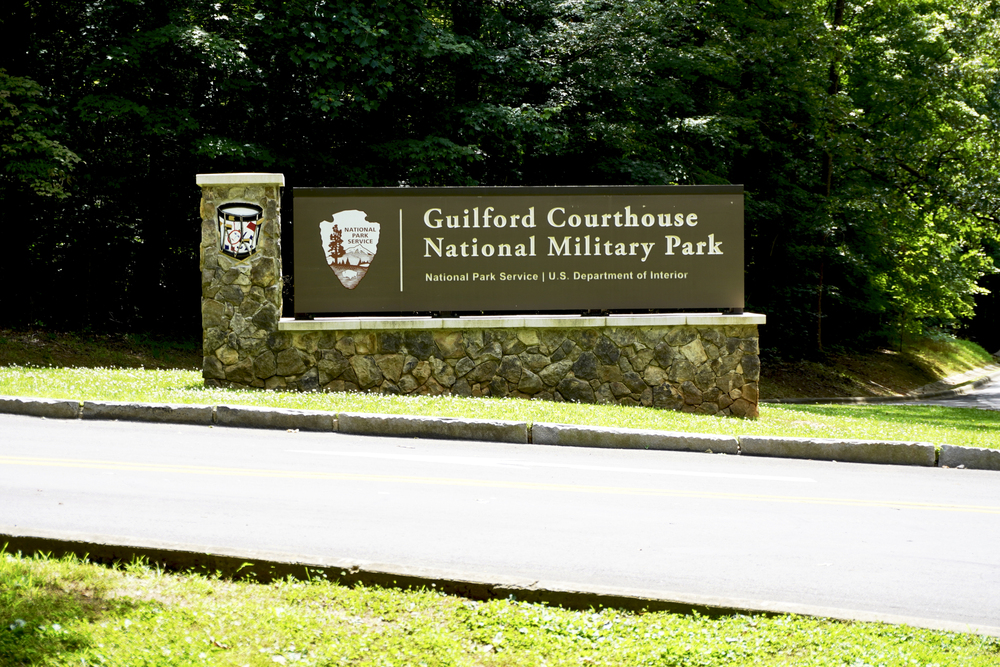
Though technically a British victory, this crucial battle in March 1781 severely
weakened Cornwallis’s army. Walk the battlefield trails to understand how the
fighting unfolded across three separate lines of American resistance.
The park features 28 monuments and memorials, including the imposing Nathanael Greene Monument. ‘Living History’ weekends throughout the year showcase colonial life and military tactics.
Fort Stanwix National Monument, New York
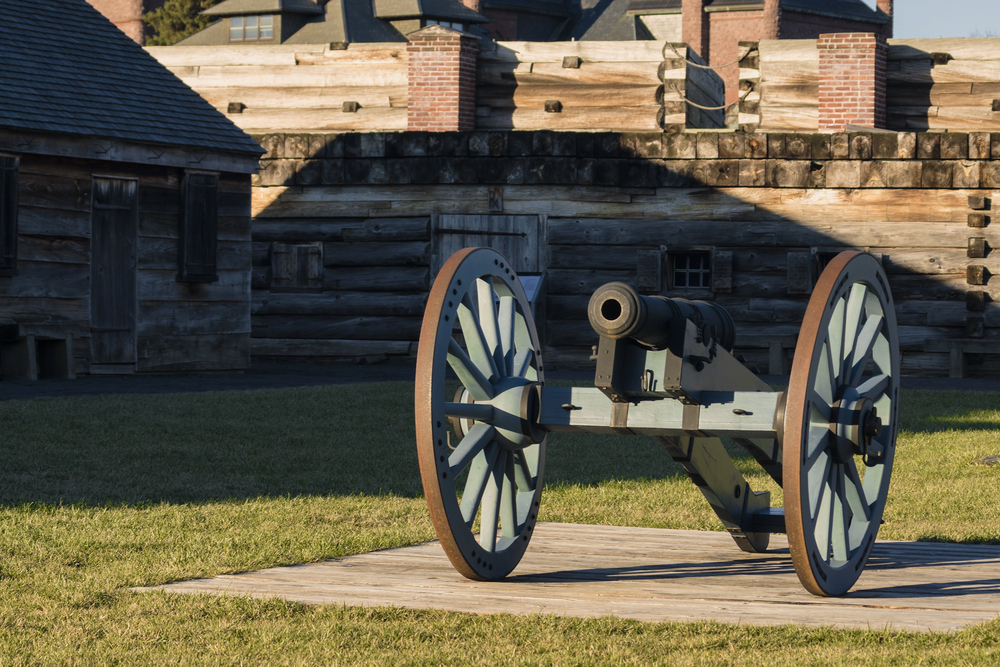
This reconstructed frontier fortress, known as ‘the fort that never surrendered,’
helped protect America’s northern frontier. The fully furnished fort offers one of the
most complete immersions into 18th-century military life available anywhere.
Interact with costumed interpreters, explore the barracks and officer quarters, and watch archaeological demonstrations during summer months.
Morristown National Historical Park, New Jersey
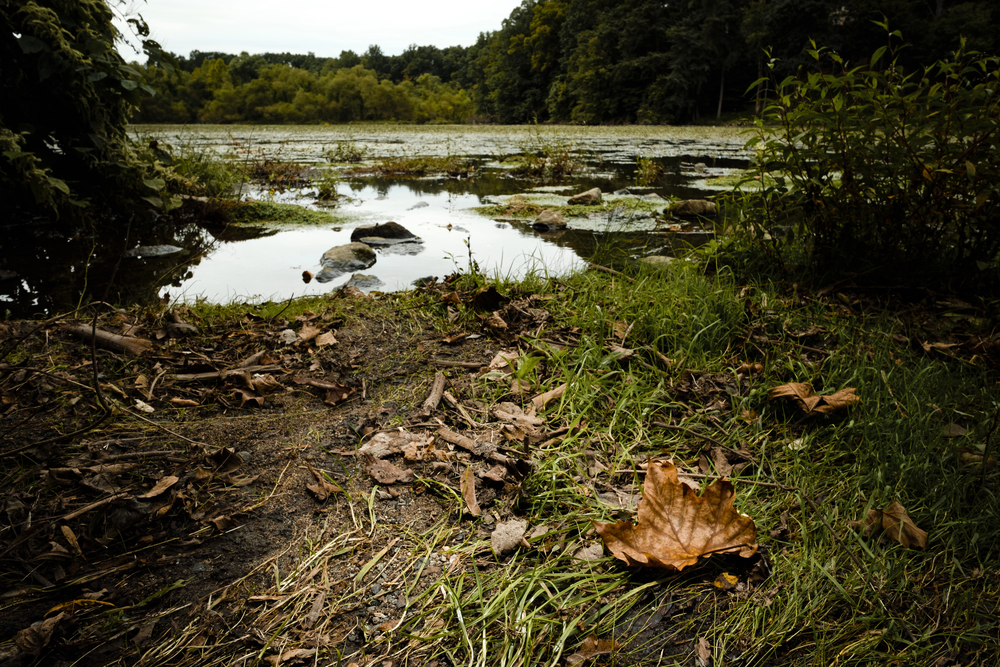
Experience the ‘hard winter’ quarters where Washington’s army encamped during
1779-1780. Visit Washington’s Headquarters at Ford Mansion, one of the best-
preserved Revolutionary command posts.
The soldier hut reconstructions at Jockey Hollow show the harsh conditions troops endured. Miles of hiking trails connect various archaeological sites and historic structures throughout the park.
Like Travel Pug’s content? Follow us on MSN.
Kings Mountain National Military Park, South Carolina
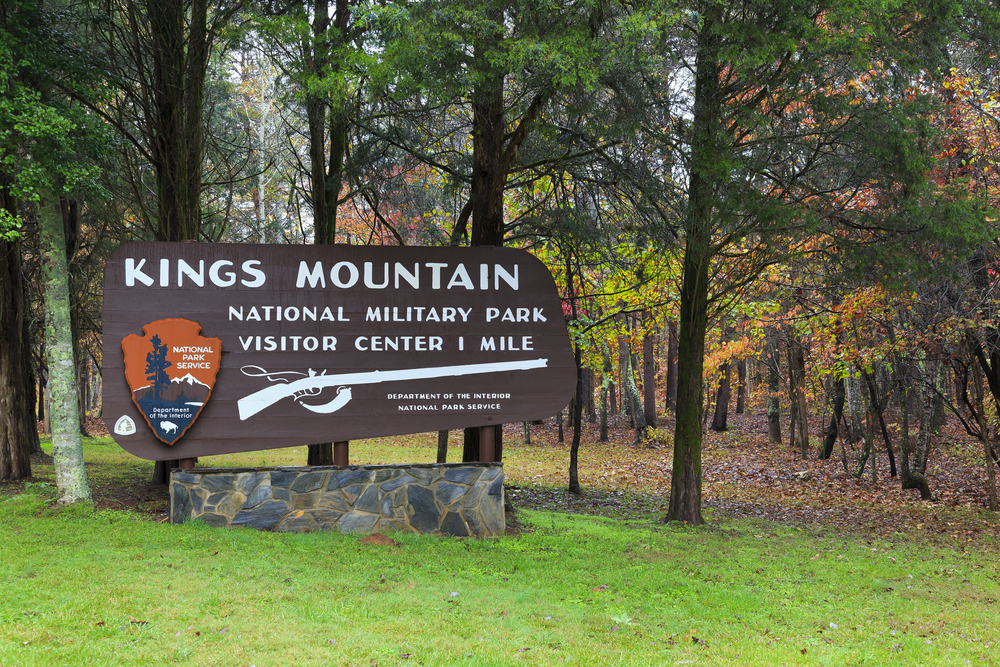
This decisive Patriot victory in October 1780 helped turn the tide of war in the South.
Hike the 1.5-mile battlefield trail, which climbs to the ridge where Loyalist forces
made their last stand.
The visitor center features an impressive collection of period weapons and a fiber-optic map showing the battle’s progression. Regular living history demonstrations showcase the unique warfare tactics of frontier militia forces.
Fort Moultrie, South Carolina
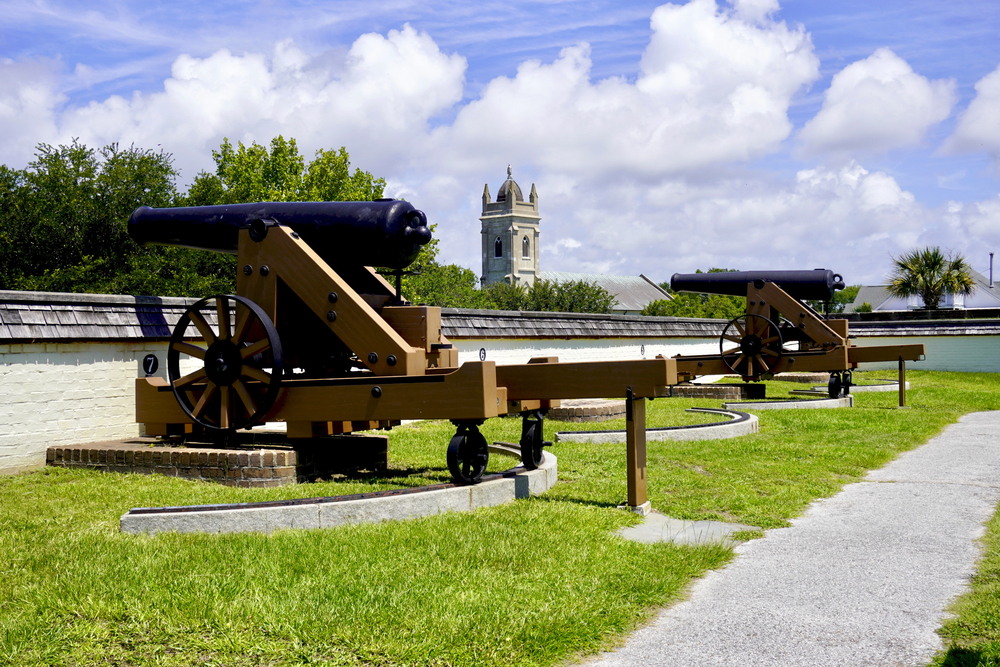
This Sullivan’s Island fortification successfully defended Charleston Harbor from
British attack in 1776. The fort’s evolution from palmetto logs to a modern coastal
defense installation tells America’s military story.
Explore the powder magazine, cannon platforms, and restored quarters spanning multiple time periods. The panoramic views of Charleston Harbor help explain the fort’s strategic importance.
Bennington Battlefield State Historic Site, New York
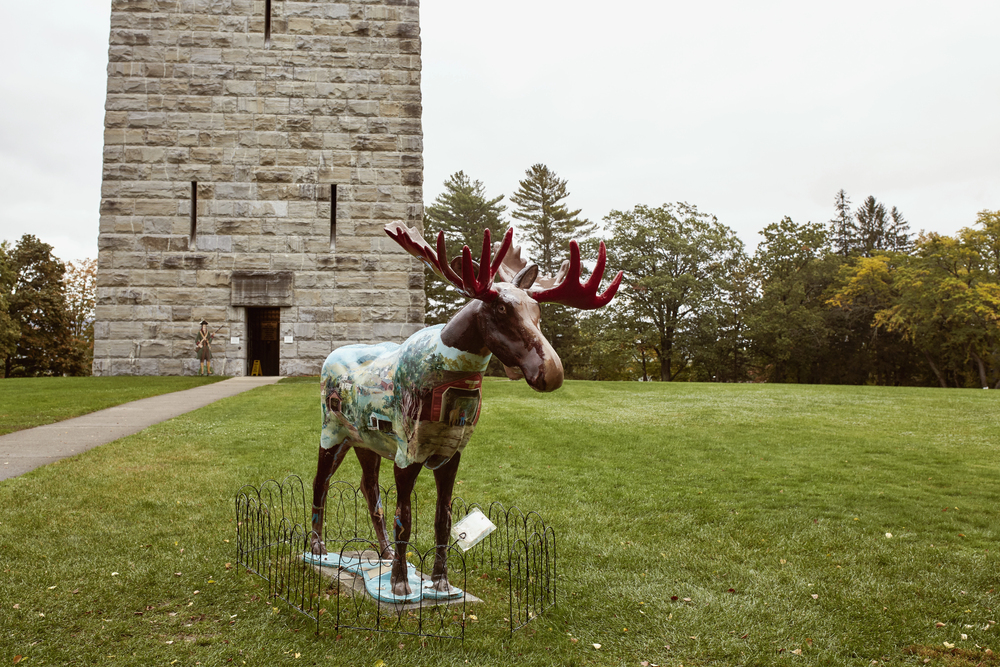
This August 1777 battle helped prevent British forces from capturing vital American
supplies. The hilltop battlefield offers spectacular views of the surrounding
countryside and the Green Mountains.
Walking trails lead to key positions held by both American and German forces during the fighting. The site’s annual August commemoration features period music, crafts, and military demonstrations.
Like Travel Pug’s content? Follow us on MSN.
Princeton Battlefield State Park, New Jersey
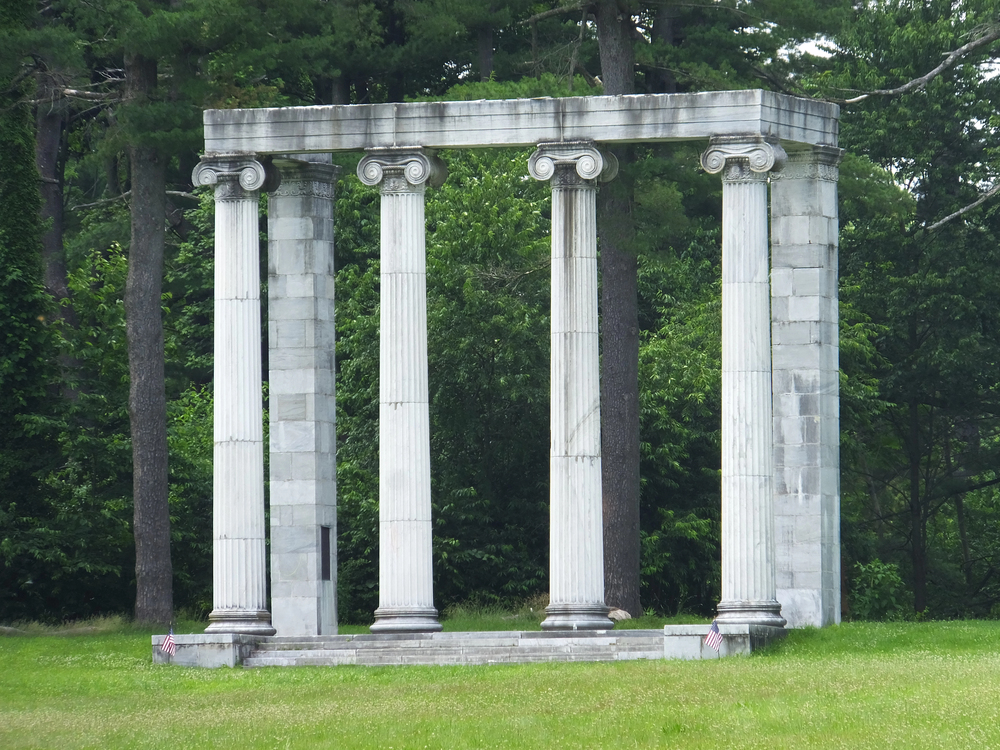
Where Washington’s famous counterattack on January 3, 1777, proved that
American forces could defeat British regulars in open combat. The Clarke House,
which served as a field hospital during the battle, still stands much as it did in 1777.
The Ionic Colonnade, designed by Thomas U. Walter, marks the graves of British
and American soldiers who fell in the battle. The newly restored battlefield landscape
helps visitors understand the tactical decisions that led to victory.
Footsteps of Freedom

These 15 Revolutionary War sites offer more than just a history lesson – they
provide a tangible connection to the birth of American democracy. Each location tells
part of the larger story of courage, sacrifice, and determination that forged a new
nation.
As you plan your historical road trip, remember that these sites are not just
monuments to the past but living classrooms where the ideals of liberty and self-
government continue to inspire new generations. Whether you visit one site or all
fifteen, you’ll gain a deeper appreciation for the extraordinary events and ordinary
people who shaped America’s founding story.
More from Travel Pug

- 15 Dangerous European Cities to Avoid
- 15 Caribbean Islands Where Tourists Keep Getting Scammed
- The 20 Most Fascinating Abandoned Places: A Journey Through Time and Forgotten Spaces
- 15 Hidden Places in the Smithsonian Museums Locals Love: A Guide to Lesser-Known Treasures
- 16 Hidden Florida Beach Towns That Aren’t Overrun with Tourists
Like Travel Pug’s content? Follow us on MSN.
